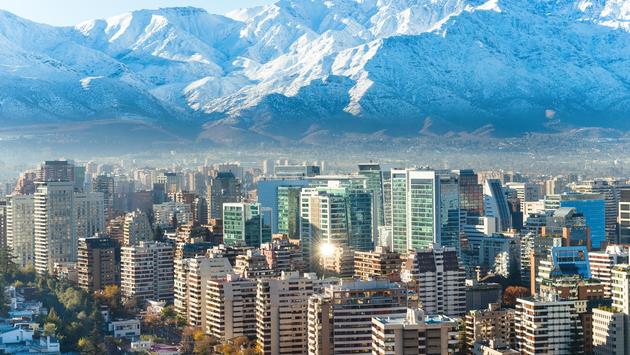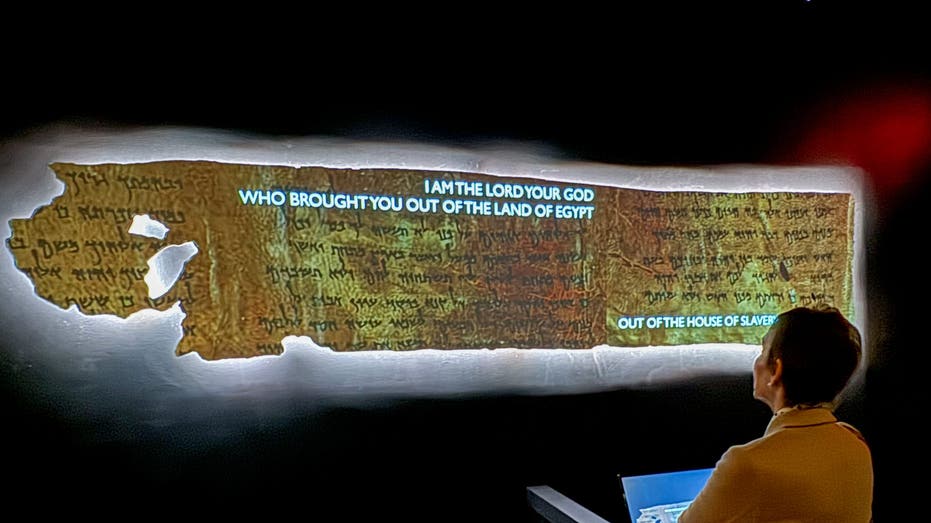- by foxnews
- 08 Apr 2025
Seven Things To Do in Santiago, Chile
From charming neighborhoods to lively parks and markets, these seven attractions are not to be missed.
- by travelpulse
- 29 Aug 2022
- in travel

Santiago, Chile's capital and largest city, is home to more than one-third of the country's population. The Mapocho River runs through Santiago, and the city's main attractions are along the river.
Las Condes, Vitacura, Providencia, Bellavista and Santiago Centro are among them. Residential neighborhoods extend into the Andean foothills and west of Santiago's Metropolitan Park.
With that in mind, here are some of the destination's can't-miss attractions.
The charming Barrio Lastarria, also known as Barrio Parque Forestal, is a trendy area for painters, artists, and other young and creative members of society. Here cafes, restaurants, high-end craft stores, art galleries, bookstores, and a few clothing boutiques line Lastarria Street and the branching alleyways, creating a charming atmosphere for shopping and strolling.
The quiet and austere Vera Cruz Church, dating from 1858, is located in the heart of Lastarria Street. Claudio Brunet des Baines and Fermin Vivaceta built the church in neoclassical style with rich red tones and sunflowers.
The Metropolitan Park of Santiago, which encompasses the San Cristobal, Piramide, Bosque, and Chacarillas hills, covers about seven square kilometers of vegetated slopes and is built between 1903 and 1927 as the lung of Santiago.
The park has been reforested with natural plants and trees from all over Chile, as it used to be austere and arid. It looks spacious, with trails, picnic areas, swimming pools, a cultural center, and a cable car. It is now the leisure center of the city and home to the National Zoo and offers panoramic views of Santiago and the Andes Mountains.
The charming La Chascona Museum, built in 1953 on a high hillside of Cerro San Cristobal in the Bellavista area, is one of the three houses of the 20th-century poet Pablo Neruda. The house was nicknamed La Chascona (woman with unmanageable hair) in honor of Matilde Urrutia, Neruda's secret lover, who lived alone for a year before marrying him in 1966.
Catalan architect German Rodriguez created the initial drawings for the mansion. However, Neruda rejected several of his traditional concepts and models for home construction. Instead, he employed a unique, whimsical architecture of private dwellings linked by a labyrinth of winding staircases, corridors, and secret entrances.
The house has multiple maritime-inspired architectural details such as porthole windows, cozy spaces with creaky floors and arched ceilings, a dining room that once faced a creek giving the illusion of sailing while dining, and a living room that resembles a lighthouse. All of this reflects Neruda's love of the sea.
The interiors showcase Neruda's extensive collection of art and artifacts acquired throughout his travels worldwide. Neruda was a communist and a friend of former president Salvador Allende.
Military vandals vandalized and flooded the property during the 1973 Pinochet-led coup.
La Chascona was eventually restored to its former state by the Pablo Neruda Foundation, which manages the poet's other two properties. It now houses domestic and ornamental artifacts saved from the Santiago home, as well as furniture and personal effects from Neruda's office in France, where he served as ambassador from 1970 to 1973.
The Nobel Prize medal, as well as letters, photos, books, and other publications, are housed in Neruda's library.
The Central Market was built in 1872 for the Chilean National Exposition on the site of the charred ruins of the Plaza de Abasto. The old plaza was built in the early 19th century to disperse the stream of merchants that crowded the Plaza de Armas.
The market, designed by self-taught architect Fermin Vivaceta, is considered one of its most magnificent public constructions.
The Plaza de Armas was founded in 1541 by Pedro de Valdivia as the municipal and commercial center of Santiago. This site, the symbolic heart of Santiago, was built to adhere to the Spanish practice of keeping one block of the city grid unoccupied for use as a parade ground.
During the colonial period, the plaza was surrounded by government offices and, by the 17th century, had become a vibrant commercial center with shopping arcades extending around the surrounding area.
This surrounding area became home to the court of justice, the cathedral, the governor's palace, and the residences of Chile's most famous conquistadors.
To make more open space in the city, the plaza was cleared in 2000, leaving only a few large palm trees.
The Plaza de Armas and Santiago Centro are now the leading social centers of downtown Santiago, where locals and visitors alike can relax and enjoy the entertainment provided by street performers.
The Museo Nacional de Bellas Artes, founded in 1880 as the Museo de Pintura Nacional and located in Quinta Normal Park, is the oldest and one of the most prominent art museums in South America. The beautiful palace it now resides was erected in 1910 to commemorate Chile's centennial.
Emilio Jecquier, a Franco-Chilean architect, built a French neoclassical structure with Art Nouveau features, including a sizeable vaulted glass ceiling produced in Belgium and a front in the style of the Petite Palais in Paris. A colossal bronze sculpture by Chilean artist Rebeca Matte, United in Glory and Death, from 1922, stands in front of the museum.
The museum's permanent collection has 2,700 pieces organized according to aesthetic, historical, and thematic criteria.
Since 1990, the museum has hosted major traveling exhibitions featuring artists such as Damien Hirst and David Hockney.
For the latest travel news, updates and deals, be sure to subscribe to the daily TravelPulse newsletter here.
- by foxnews
- descember 09, 2016
Ancient settlement reveals remains of 1,800-year-old dog, baffling experts: 'Preserved quite well'
Archaeologists have recently unearthed the remarkably well-preserved remains of a dog from ancient Rome, shedding light on the widespread practice of ritual sacrifice in antiquity.
read more




